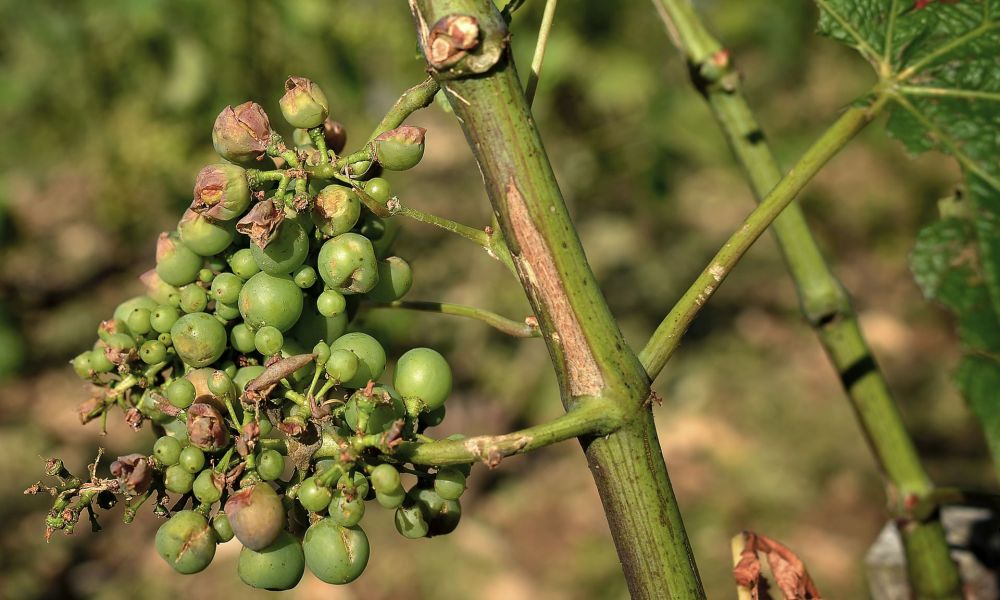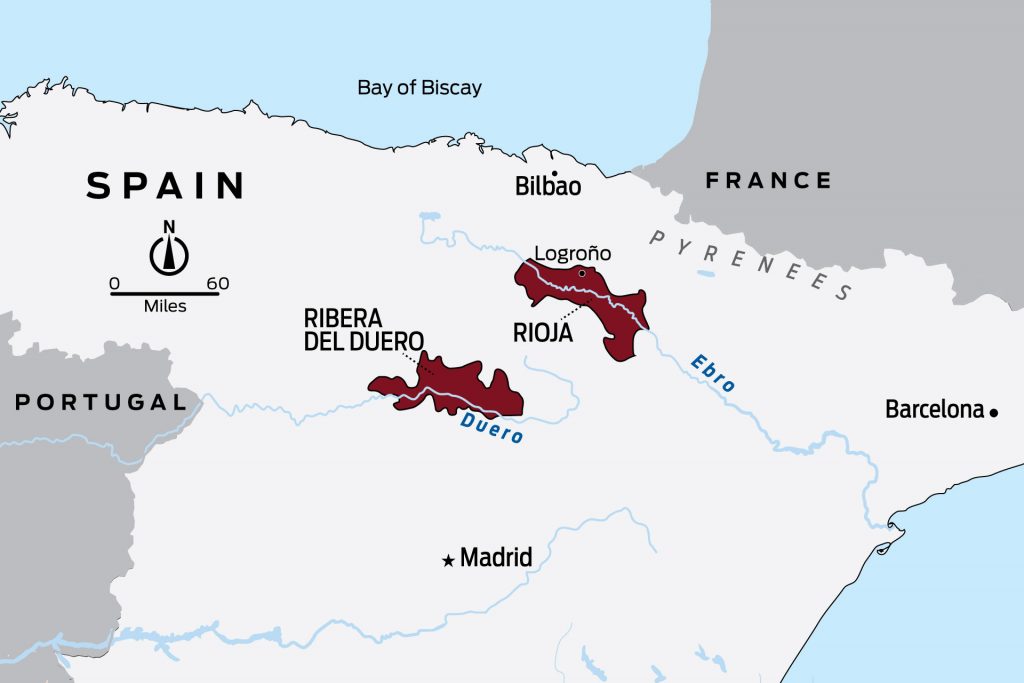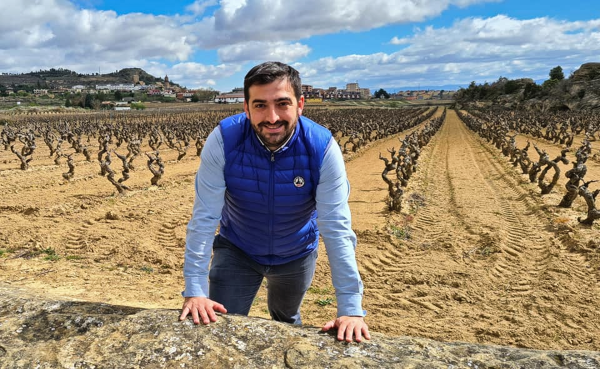If you don't believe that climate change exists, you might want to stop reading about now.
According to NASA, the earth's climate has changed dramatically through history, in the last 650,000 years there have been seven cycles of glacial advance and retreat. The end of the last ice age about 7,000 years ago marks the beginning of the modern era and human civilisation... including perhaps the most obvious important form of civilised society - growing grapes and making wine! The climate is definitely changing, that part of the science is well settled - the causes for us on an individual basis are somewhat academic (even though some 97% of scientists in the field agree that humans are a major cause of it) and I won't address that here.

So lets have a look at what the main differences are - this is going to impact some areas more than others. One of the major concerns on a global scale will be sea level changes - this is expected to increase by possibly a meter over the next 80 years. This isn't directly going to affect most wineries around the world as vineyards tend to exist at altitudes of 100-300 meters above sea level. Some very low lying areas may have issues, perhaps not just with the actual sea levels but also potentially the salinity of ground water. Vines don't like salt water. Clearview Estate in Hawkes Bay sits across the road from the sea, and while the waves may crash on the steep stony beach but will have a very limited affect further inland as the ground rises. [photo- aerial of Clearview Estate next to the Te Awanga coast].

More important is the shift in temperatures, and this is going to be both positive and negative. The growing season for most crops will lengthen... that is, the periods of the year where the temperatures are consistently above 10 degrees celcius. The amount of the growing season expected to be frost free will lengthen as well. Many wine regions will actually benefit from this- especially those in fringe or cool climates. As an example at the moment the Waitaki Region (roughly the boundary between North Otago and South Canterbury) is a bit iffy to grow grapes reliably, especially in a cool year. In fact for cool regions the likelihood of having good vintages improves, as the harvest date shifts earlier and thus reducing the risk of bad weather around the key harvest period. It potentially opens up other new areas that don't grow grapes at all for making wine, so surely that is a good thing. [photo- Ostler Vineyards in Waitaki].

In warmer areas this is more problematic. Growers in the Bordeaux region are concerned that higher average temperature will mean that the dominant grape variety Merlot will ripen too quickly, sugar levels will increase too quickly and acid levels will drop - fundamentally changing the style of the wines. For traditionalists this isn't a good thing, and there are a lot of vines (and a lot of money) at stake here. Bordeaux hosts an area of vines roughly 3.5 times that of all of NZ's vineyards put together! [photo- St Emilion in Bordeaux].

That shift in climate potentially means that the best grape varieties to produce in each region changes- different grapes have strong preferences for certain climates as well as certain soils. The expectation is that the temperatures in Bordeaux will increase to be roughly similar to what the climate of the Douro region in Portugal - where Port wines are made (along with hearty dry reds). In the short term it means taking different strategies in the vineyard- managing the leaf canopy to protect the fruit from too much sun, planting with root stock that is more tolerant to higher temperatures and lower water. In the longer term it means a possible shift in grape varieties. Already there are a handful of growers in Bordeaux (including Vignobles Ducourt, whose wines we import into NZ) are requesting permission from the relevant agencies to plant trials of new grape varities that will better suit the hotter conditions. Tinta Cao, Touriga Franca, Touriga Nacional and Tinta Roriz come to mind... all important in the production of both Port and red wines in the Douro. But if your average Bordeaux has a fair dash of Tempranillo in it... is it really still "Bordeaux"? [photo- vineyards in the Douro of Portugal]

Hot climates are going to feel the most pressure, some areas are already getting too hot and dry for growing grapes. Barossa in South Australia positively bakes in comparison to our local climates, and while harvest here generally runs March to April (and even later for late ripening fruit), the business is largely done and dusted by middle of February in Barossa. Issues with water are particularly important for younger vines that haven't had sufficient years to burrow deeper to make themselves more resilient to long dry spells, and if the conditions get drier still it means difficulties in accessing water for irrigation. It also means higher fire risk, something that growers in Northern California need no education on. [photo- new vine plantings in the Barossa]

What about the core of the NZ wine industry? Sauvignon Blanc as a grape dominates our wines by volume, and especially our export market that makes up close to 85% of what we send to other countries. What makes our Savs so distinctive is at risk of being lost, in warmer conditions Savs tend to produce more tropical fruit flavours and are more mellow on the acid rather than our sassy 'Cats Pee on a Gooseberry Bush'. Some of our treasured cool climate Pinot areas might get a bit too warm too. On the flip side we might see more Cabernet and Syrah coming to prominance. [photo- heat map of growing degree days across the Marlborough region].

The other side of climate change is not just the higher temperatures, warmer ocean temperatures tend to also mean more changable weather - more extreme weather which means more big storms, and more droughts. The unpredictability means potentially more drastic differences between vintages. In an industry where one significant adverse weather event can mean a whole year's work is wiped out, it has the possibility of making life very difficult for the average family wine grower. This year has seen severe frosts in both France and Italy, producing one of the smallest harvests in 50 years. [photo- frost damaged fruit in Bordeaux 2017]

For now we'll see little change in the NZ wine growing world, but it won't be a case of the frog in the pot of water slowly brought up to the boil - plenty of clever folks are already planning making sure we don't go thirsty in the future.


